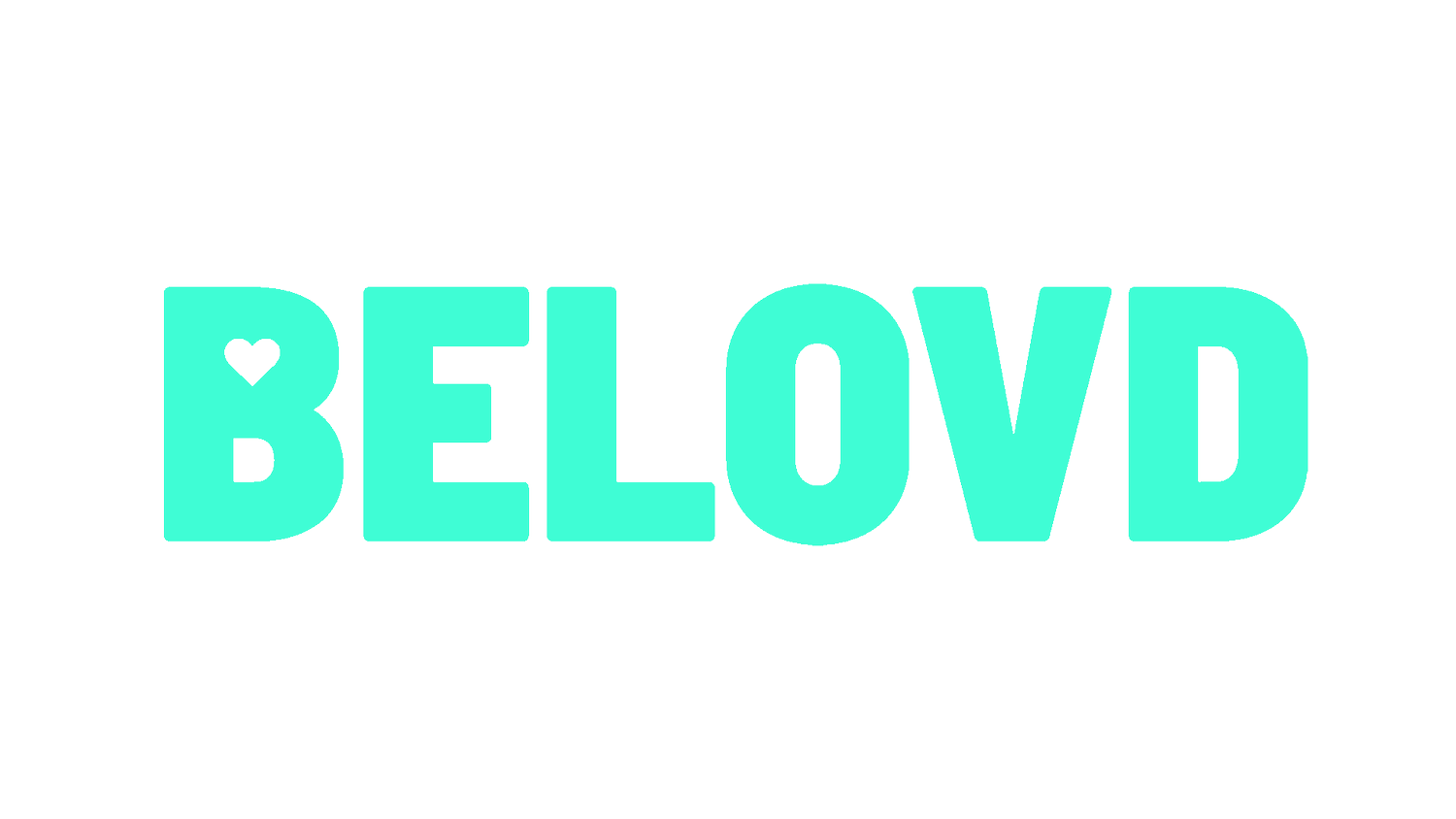10 Types Of Unconscious Biases In The Workplace And Their Origins
Unconscious biases are deeply ingrained attitudes and stereotypes that influence our perceptions and decisions without our conscious awareness. In the workplace, these biases can have a significant impact on hiring, promotions, and overall employee experiences. Understanding the different types of unconscious biases and their origins is crucial in creating a more inclusive and equitable work environment. This blog post delves into the various forms of unconscious biases that exist in the workplace and explores their roots. By shedding light on these biases, we can take proactive steps to combat them and foster a workplace that values diversity and promotes fairness.
1. Stereotypes and Their Impact
Stereotypes are preconceived notions about certain groups of people based on their race, gender, age, or other characteristics. In the workplace, these stereotypes can lead to unfair treatment and exclusion. Understanding how stereotypes are formed and perpetuated is essential in addressing their impact on hiring decisions, promotions, and overall workplace culture.
2. Implicit Biases and Their Role in Decision-Making
Implicit biases are the unconscious associations and attitudes we hold towards certain groups, which can affect our judgments and decision-making processes. These biases can lead to microaggressions and discriminatory actions in the workplace. Identifying and acknowledging our implicit biases is the first step in mitigating their negative effects and fostering a more inclusive environment.
3. Gender Bias and Its Influence on Career Progression
Gender bias is a prevalent form of unconscious bias that can hinder career progression for women in the workplace. From being overlooked for leadership roles to facing stereotypes about their capabilities, women often encounter gender-based biases that impact their opportunities for growth and advancement.
4. Racial Bias and Its Implications
Racial bias is another significant form of unconscious bias that can manifest in various ways, including hiring decisions, performance evaluations, and workplace interactions. Addressing racial bias requires open dialogue, diversity training, and a commitment to promoting an inclusive workplace culture.
5. Ageism and Its Impact on Older Workers
Ageism refers to biases and stereotypes based on age, particularly towards older workers. Older employees may face challenges in the workplace, such as being perceived as less capable or adaptable, despite their experience and expertise.
6. Affinity Bias and Its Influence on Team Dynamics
Affinity bias is the tendency to favor and connect with individuals who share similar backgrounds or interests. While this bias can create camaraderie, it can also lead to the exclusion of diverse perspectives and hinder innovation within teams.
7. Beauty Bias and Its Effects on Workplace Perception
Beauty bias refers to the tendency to favor individuals perceived as more attractive. This bias can affect hiring decisions, promotions, and overall workplace dynamics, potentially leading to unfair treatment of employees based on their appearance.
8. Halo Effect and Its Impact on Performance Evaluations
The halo effect occurs when a positive impression of an individual influences how they are perceived in other areas, leading to biased performance evaluations. Recognizing and mitigating the halo effect is essential for fair and accurate performance assessments.
9. Horns Effect and Its Influence on Professional Judgment
Conversely, the horns effect occurs when a negative impression of an individual affects how they are perceived in other aspects of their work. This bias can hinder employees’ opportunities for growth and advancement.
10. The Influence of Media and Cultural Stereotypes
Unconscious biases are often influenced by media portrayals and cultural stereotypes. Examining how media and societal norms shape our perceptions is crucial in challenging and dismantling these biases in the workplace.
Final Thoughts
Understanding the different types of unconscious biases that exist in the workplace is essential for fostering a more inclusive and equitable environment. By raising awareness of these biases and their origins, organizations can implement diversity training, promote bias awareness, and cultivate a workplace culture that values and respects all individuals. Taking proactive measures to combat unconscious biases will not only lead to a more diverse workforce but also create a more innovative, empathetic, and successful workplace. Embracing diversity and challenging biases will ultimately drive positive change and improve the experiences of employees at all levels.

